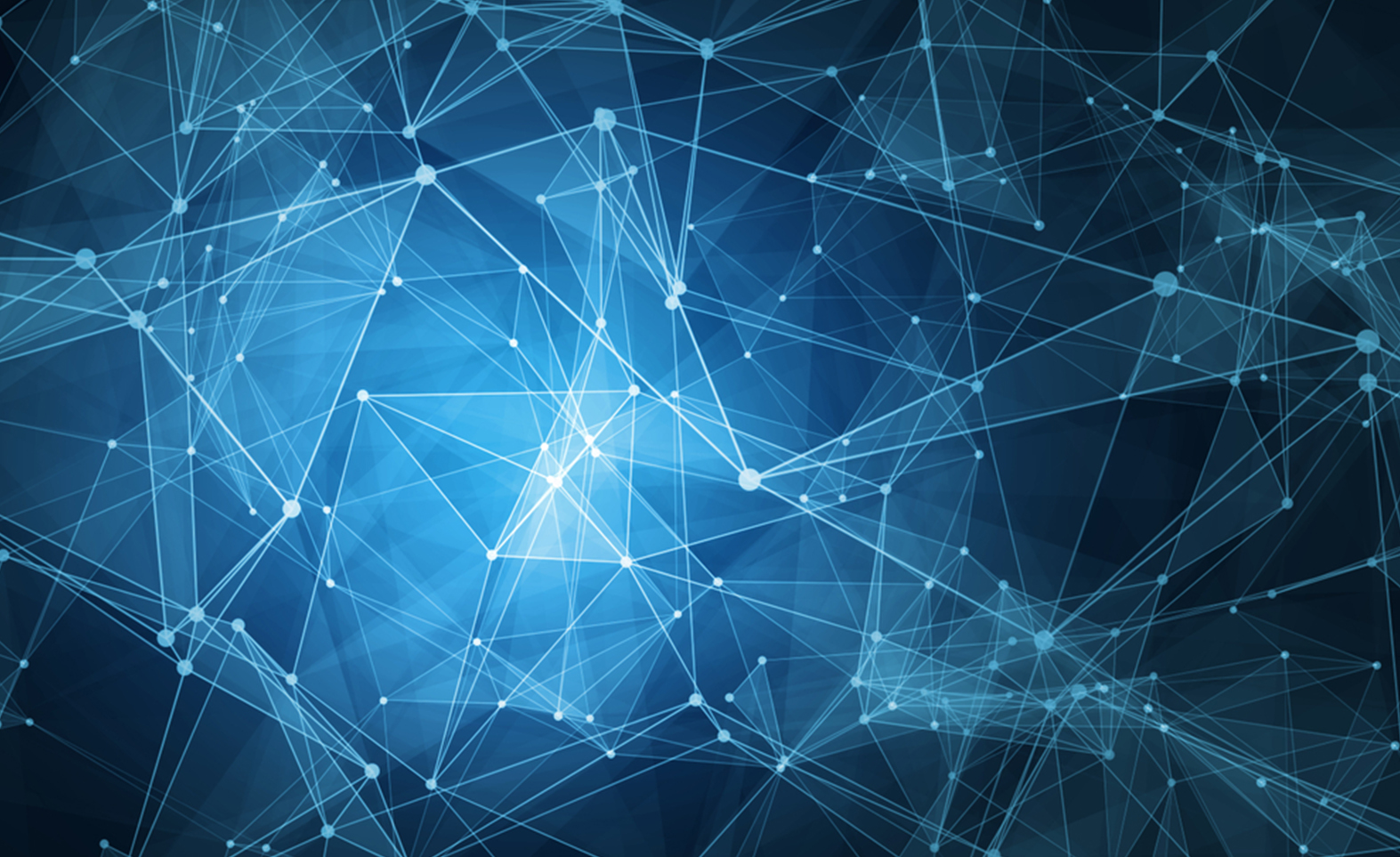
July 22, 2019
Chandrayaan-2 is India's second mission to the moon, comprising a fully indigenous Orbiter, Lander (Vikram) and Rover (Pragyan)
Chandrayaan-2 mission will facilitate a more detailed understanding of the Moon’s origin and evolution, facilitating future R&D
Indian Government's 2019-20 Budget has allocated US$1.8 billion for space research compared with US$1.6 billion in 2018-19
India has undertaken more than 110 spacecraft missions around communication, navigation, scientific research, and more

India’s second mission to the moon began with the successful launch of the Chandrayaan-2 spacecraft on the first operational flight of the GSLV Mk III. The three-stage heavy lift launch vehicle, developed by ISRO, injected Chandrayaan-2 spacecraft into an elliptical earth orbit shortly before ISRO Telemetry, Tracking and Command Network (ISTRAC), Bengaluru successfully took control of the spacecraft soon after. India is one of the six global nations to have undertaken a lunar mission.
ISRO Chairman, Dr K Sivan described the launch as a historical day for Space Science and Technology in India; “Today is the beginning of India’s historical journey to the Moon, to explore the unexplored”. The Chandrayaan-2 mission comprises a fully indigenous Orbiter, Lander (Vikram), and Rover (Pragyan) housed inside the Vikram lander. It aims to develop and demonstrate key technologies for end-to-end lunar mission capability, including soft-landing and roving on the lunar surface.
The mission aims to expand the knowledge and understanding of the Moon’s topography, mineralogy, surface chemical composition, thermo-physical characteristics, and atmosphere. On entering the Moon’s sphere of influence, the on-board propulsion system of Chandrayaan-2 will perform a soft landing on the south pole of the Moon, scheduled for September 7, 2019. The Rover, capable of travelling up to 500 m, will conduct experiments on the lunar surface and rely on solar power for its functioning.
The Government of India’s 2019-20 Budget has allocated US$1.8 billion for space research, which is an increase from the US$1.6 billion allocated in the previous year. Meanwhile, in May 2019, ISRO has launched an observatory satellite to assist with agriculture, forestry and disaster management, bringing India’s tally of operational satellites to over 50.
The Chandrayaan-2 mission is an important milestone in India’s quest for knowledge and scientific exploration, shedding light on our limited understanding of the dark side of the Moon. India has undertaken more than 110 spacecraft missions, including satellites dedicated to communication observation, navigation, scientific research and exploration, and more.